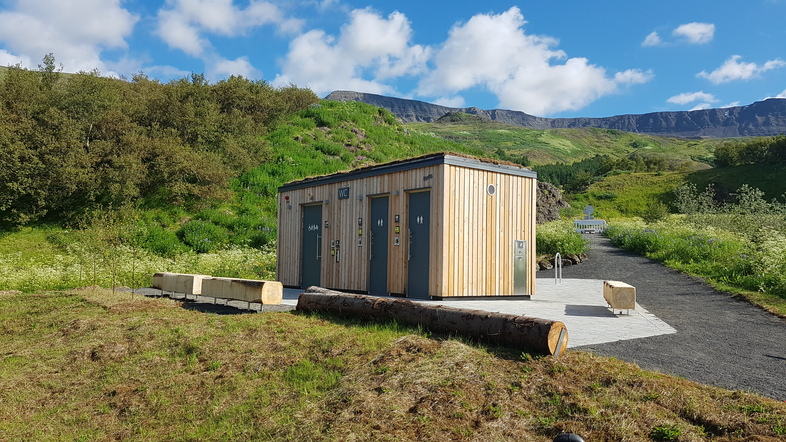
We are initiating climate audits of our public toilets
We are now taking the next step in our sustainability efforts and calculating the climatic effects of our operations. With a climate calculation behind us, we will carry on our journey towards more sustainable construction and a reduced climate footprint. We continue to be an industry leader, taking responsibility for the climate impact of public toilets throughout their lifecycle.
What is the purpose of a climate calculation for public toilets?
A climate calculation will enable us to reduce our emissions by identifying areas with room for improvement where we can direct our efforts.
- A climate calculation will help us set goals and take clearly defined actions to reduce our climate footprint. This might entail choosing different materials or construction solutions, or maintaining a dialogue with suppliers about how to reduce their climate footprint. Constantly shrinking our climate footprint is high on our to-do list.

How does climate calculation work?
We are currently staffing an internal group at Danfo to compile data.
- We will then delve into the process with the help of ClimateHero, which has developed and refined a process for adapting a climate calculation model to the business logic of a particular company. They will first calculate Danfo’s total climate footprint, help us set goals and plan actions to reduce our footprint, and sum it all up in a climate report. Next, we will calculate the climate footprint of specific products.
- A benefit of ClimateHero’s climate calculation model is that we will be able to use it ourselves to set new goals and plan new actions. We will be able to see our progress, and there will be continuity in our efforts.

Global standard as basis for climate calculation for public toilets
There is already a global standard for corporate climate calculation, the Greenhouse Gas protocol, which calculates companies’ emissions within three different scopes:
• Scope 1: The company’s direct emissions: exhaust from vehicles and machinery, combustion emissions and gas leakage (if any) from processes
• Scope 2: Emissions relating to the energy (electricity, heating, cooling, steam) the company uses
• Scope 3: Emissions that occur upstream or downstream of the company’s value chain (but outside the boundaries of the company’s own systems) as a result of the company’s activities
By using the GHG Protocol as the basis for our climate calculations, we can ensure that all meaningful emissions are captured. With the climate data as our basis, we can then see what we need to improve to reduce our environmental impact.





